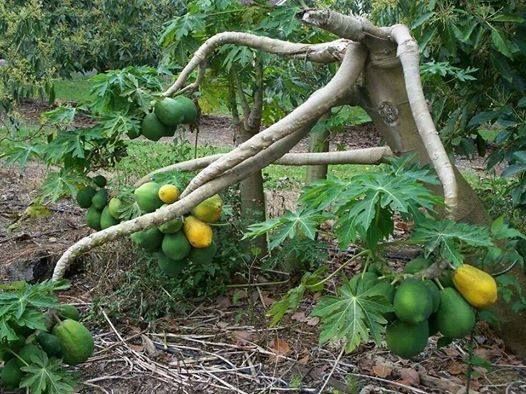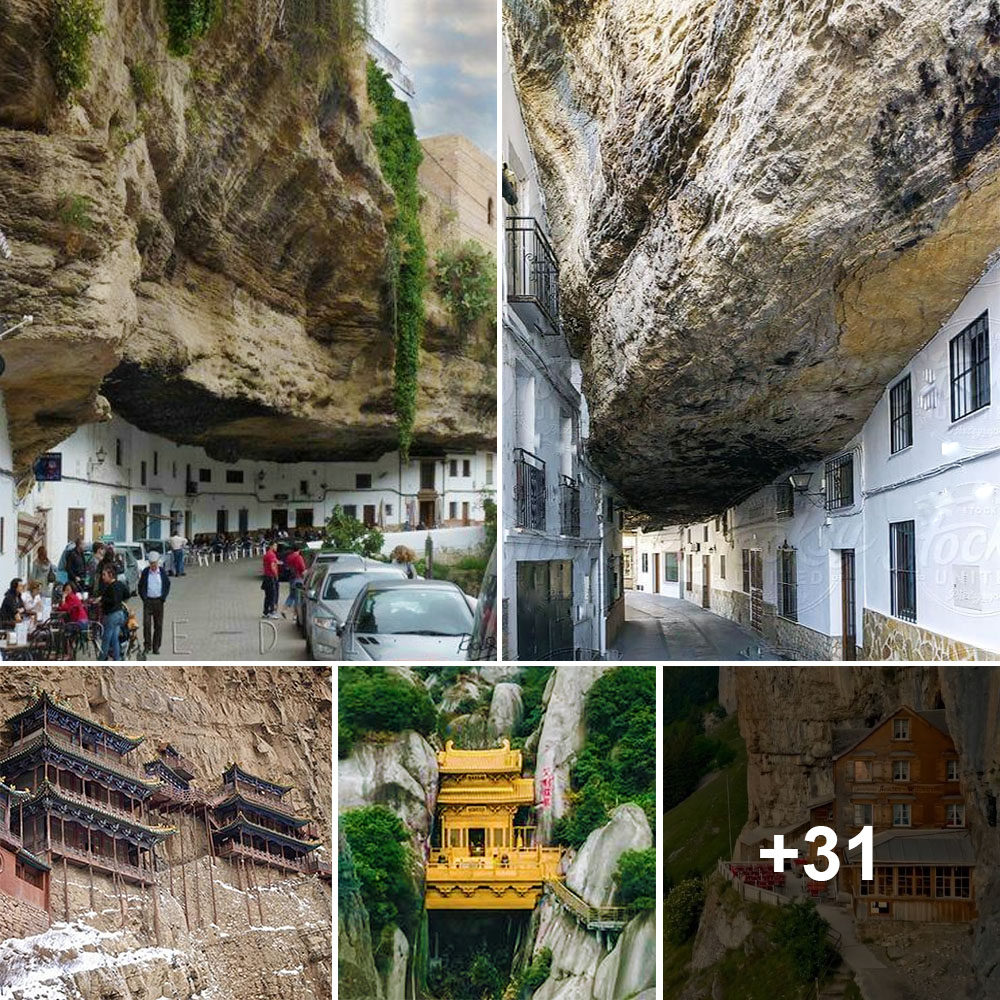Evening had fallen by the time I alighted from my train in Karaikudi, a town in the Chettinad region in the South Indian state of Tamil Nadu, and there was a light drizzle. As my taxi made its way through the damp streets into the sleepy surrounding hamlets, I noticed hundreds of huge crumbling villas flanking the narrow village lanes. Silhouetted against the dark orange sky, the Chettinad mansions, as they are known, looked exquisitely beautiful but desolately empty.
More than 10,000 lavish mansions dot the Chettinad region, many of them spanning tens of thousands of square feet. These gigantic, often glamorous, houses were built by the rich merchant families of the Nattukottai Chettiar community, who amassed great wealth by trading precious stones in Southeast Asia. They rose to the peak of their economic power in the late 19th and early 20th Centuries, when most mansions were built.
When World War Two began in 1939, however, overseas trading took a hit and the wealth of the Chettiars quickly declined. It turned out to be the darkest period in their history, forcing the Chettiars to seek employment outside Chettinad, with many migrating out of India and abandoning their abodes.
Today, Chettinad is famous for its fiery chicken Chettinad dish and the much sought-after antiques from Karaikudi, but most travellers remain unaware of these luxurious mansions spread over the remaining 73 villages in the region. Although most of them lie in ruins, a handful have been converted into heritage hotels and museums by enthusiastic owners who are working to keep the Chettiar legacy alive.

More than 10,000 mansions are scattered across 73 villages in the Chettinad region (Credit: Soumya Gayatri)
Before long, I arrived in the village of Kanadukathan, 15km from Karaikudi, and checked into Chettinadu Mansion, a 100-year-old mansion-turned-hotel that was to be my home for the next two days. A Chandramouli, the elderly owner, greeted me with a smile and told me that reviving the mansion has been his favourite retirement project.
“My grandfather built Chettinadu Mansion between 1902-1912. Four generations including me and my family have lived in this house. I feel proud of my heritage and that’s why it’s my responsibility to preserve it,” he said.
As I toured the enormous rooms and multiple courtyards of the 43,000sq ft home, I was taken aback by the sheer opulence of each and every component. The mansion had an expansive white facade adorned with beautiful stained-glass windows, while its grand foyer featured an embellished gold ceiling, crystal chandeliers and heirloom furniture. My gaze was soon drawn to the magnificent courtyard flanked by lofty pillars in cerulean blue. A narrow, wooden staircase led me to a breezy corridor where fancy guestrooms had white, iron lace balustrades for balconies.

The courtyard in the 100-year-old Chettinadu Mansion features blue cast-iron pillars from England (Credit: Soumya Gayatri)
“The timber came from Burma, mirrors and chandeliers were brought from Belgium and the marble for the floor was procured from Italy,” noted Chandramouli. “The black granite columns that you see in the large hall were from Spain, whereas the blue cast-iron pillars in the central courtyard came all the way from Birmingham in England.”
I gazed at the furnishings in wonder and entered my own room to discover a private terrace and walls painted in the illusive trompe l’oeil technique.
Mansion building was serious business for the Chettiars, who poured all their money and heart into constructing their dream homes. They were inspired by European architecture and commissioned local architects to work with raw materials from all over the world. Consequently, Gothic facades, marble floors, stained glass windows and tiles from the Far East became a regular feature in every house. But distinct components of vernacular Tamil architecture, such as wide, open courtyards, raised verandas, richly carved wooden frames and stucco reliefs depicting Hindu deities, were also highlighted.
“Chettinad’s buildings offer visitors a glimpse of how local architecture can be inspired by outside influences and still reflect the culture from which it springs. That’s what makes them so special,” said Dr Seetha Rajivkumar, head of the department of architecture at Adhiyamaan College of Engineering in Tamil Nadu. Rajivkumar’s research focuses on analysing the value of built heritage in India, with a special focus on Chettinad.

The opulent mansions often take up an entire street, with enough room for joint families to live together (Credit: Soumya Gayatri)
On average, every mansion has more than 50 rooms and three to four courtyards. Most span more than an acre, covering an entire street, which is why locals refer to them as periya veedu or “big houses”.
“Our forefathers built big houses for joint families to live together. Since the men were always away for business, it was important for the women and children to stay together to feel safe,” Chandramouli explained. In their heydays, more than 70-80 family members lived in these houses at the same time.
Over the next two days, I charted out a mansion trail through Kanadukathan, Athangudi and Karaikudi, hiring a tuk-tuk and visiting a dozen villas in varying states of disrepair, each with a unique history and character.
My first stop was a luxurious mansion in the little-known village of Athangudi. Known as the Athangudi Palace, this sumptuous mansion-turned-museum took my breath away. As I stepped into its grandiose reception hall, I stood dumbstruck by the sight that surrounded me: an enormous chequered floor in Italian marble, Spanish granite columns topped with sculpted lion heads for capitals, vaulted windows with Belgian stained glass, a wrought-iron balcony supporting delicately frescoed Mughal arches and an exquisitely ornamented ceiling fitted with floral tiles from Japan. The house was fit for a king.

Athangudi Palace’s reception hall features an enormous chequered floor in Italian marble (Credit: Soumya Gayatri)
Next, I headed to the Bangala, Chettinad’s first heritage hotel located in the heart of Karaikudi. I was here to attend an exclusive Chettinad cooking class but ended up fascinated by the mansion’s history. Bangala has an interesting past; it was never a family home like the other mansions, rather it was a party venue owned by the affluent family of Mr MSMM Chocalingam Chettiar, also called the MSMM family. The men of the family used it to host and entertain their male friends. Women were not permitted at the Bangala.
Ironically, the Bangala is now managed by the energetic Meenakshi Meyyappan, granddaughter-in-law of the MSMM family. “I see to all aspects of housekeeping and curate all menus myself,” said Meyyappan, now 89, who loves hosting guests from all over the world. A great cook herself, Meyyappan has co-authored The Bangala Table: Flavors and Recipes from Chettinad, a book that celebrates not just the local cuisine but also the rich culture and history of the region.
On my tour, I was also invited into some private houses by friendly owners who still lived in them. A few, including the majestic Chettinad Palace in Kanadukathan, were chained shut from outside. Several others lay abandoned due to unending legal battles over ownership and prohibitive restoration costs.

Although some of the mansions are lived in, others lie abandoned and in a state of disrepair (Credit: Soumya Gayatri)
“Renovation expenses of Chettinad’s homes can run into thousands of dollars. And, this is not a one-time cost, these buildings require regular upkeep and repair,” Rajivkumar explained. “Add to that a lack of interest among multiple owners, and conservation becomes a herculean task.”
But both Meyyappan and Chandramouli are optimistic. “Only 10% of Chettinad’s mansions have received tourist makeovers so far, whereas 30% have been completely destroyed. It is our job to resuscitate the remaining 60% by working together as a community,” Chandramouli said.
Meyyappan, who has recently kick-started the annual Chettinad Heritage and Cultural Festival, aims to breathe new life into the ruined mansions by reviving interest in Chettinad’s history and culture. “Awareness is crucial for our conservation efforts and this festival, which will be held in August-September every year, is our first step towards achieving it,” she told me.
Although Chettinad remains relatively unknown even in India, its forgotten mansions are seeing a slow revival thanks to the efforts of local champions. With one simple goal – preservation of the Chettiar legacy – on their minds, and lots of grit and determination, the likes of Meyyappan and Chandramouli are not giving up.
Heritage Architecture is a BBC Travel series that explores the world’s most interesting and unusual buildings that define a place through aesthetic beauty and inventive ways of adapting to local environments.





